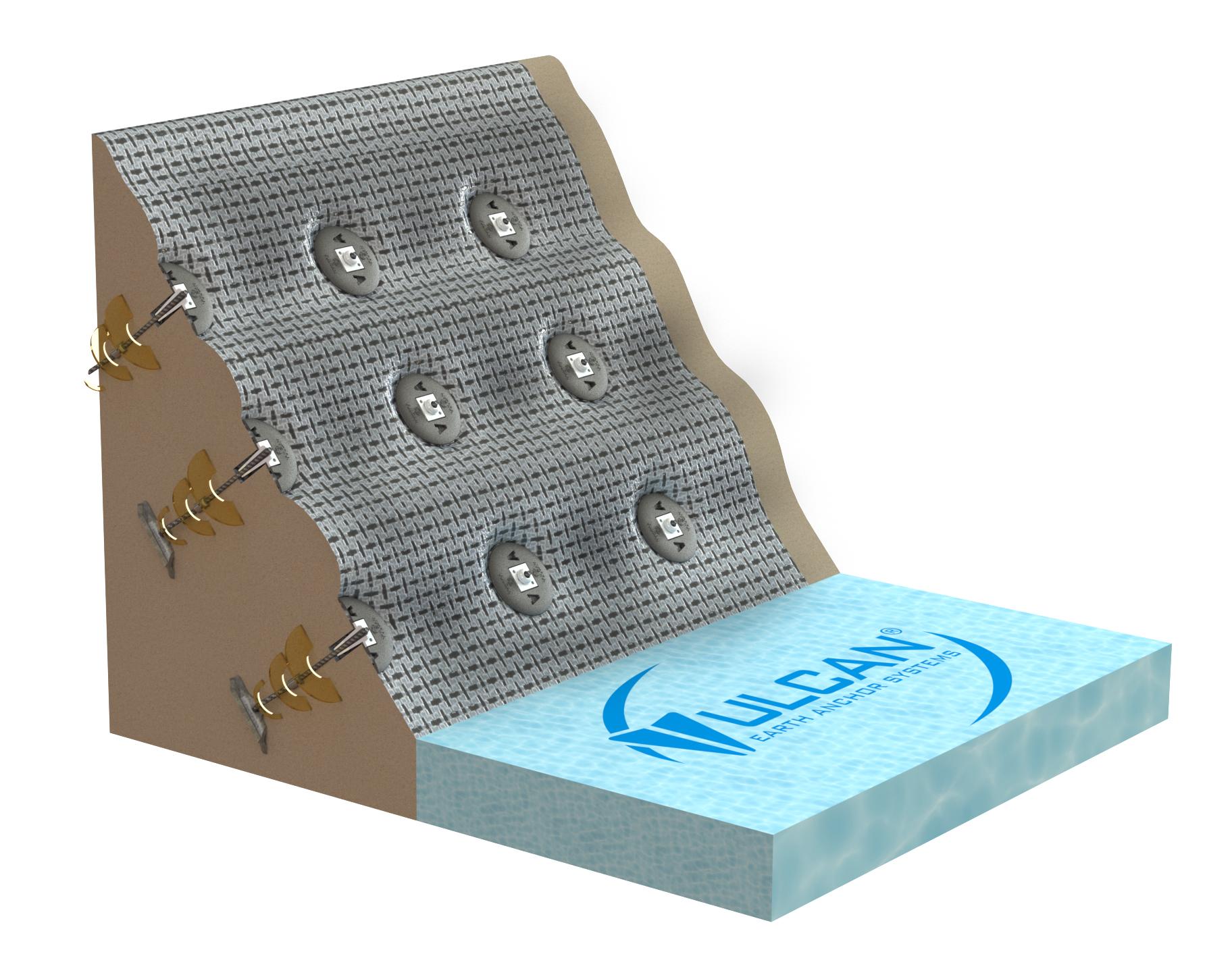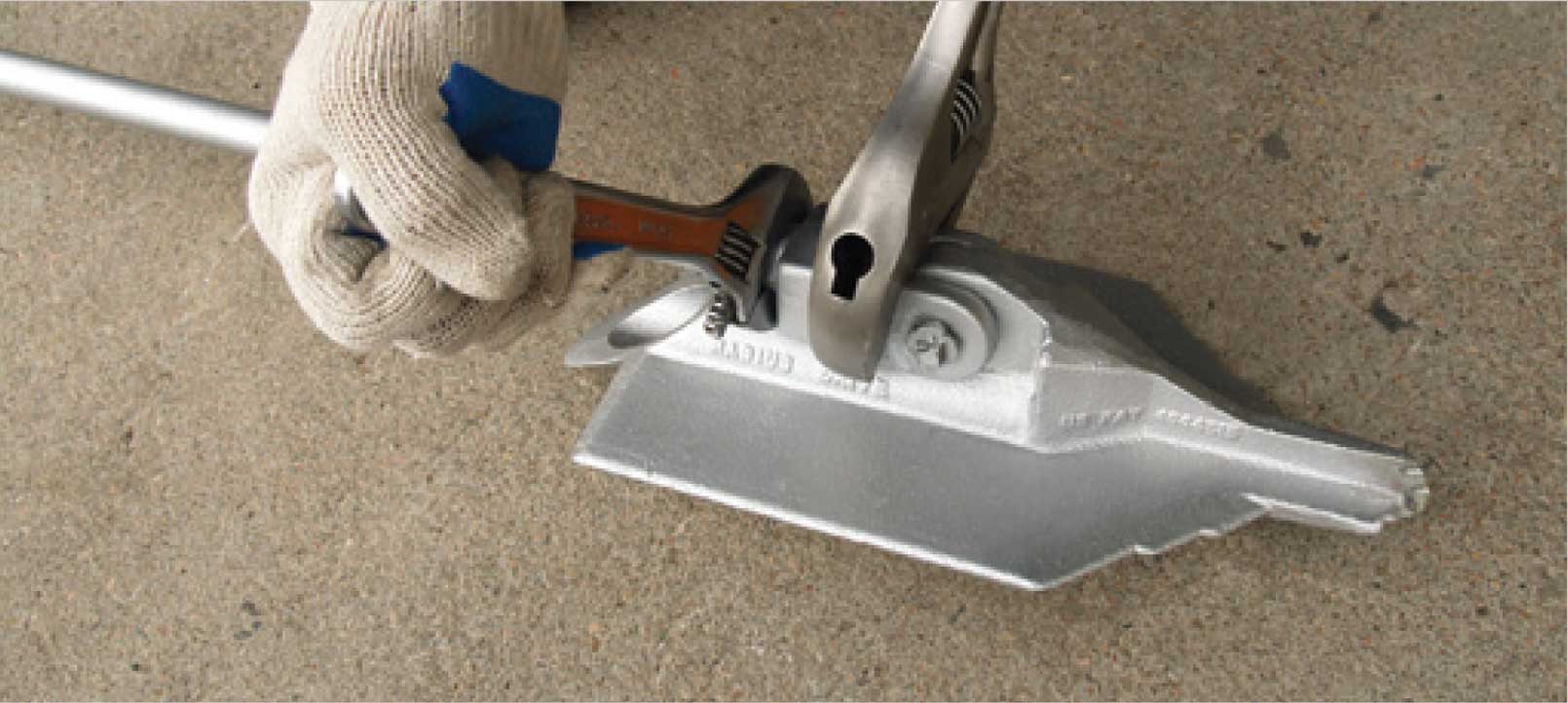Effective Support Systems Designed for Maximum Strength
The design of effective anchor systems is important in making certain optimal toughness and integrity throughout numerous applications, specifically in civil and marine engineering. By employing innovative materials and progressed design methods, these systems not only improve holding power but also adapt to challenging ecological problems. As we discover the various sorts of support systems and the products that underpin their performance, it comes to be noticeable that the future of securing modern technology might hold even higher developments. What implications do these developments have for safety and performance criteria in the sector?
Significance of Support Solutions
Anchor systems play an important role in different applications, from marine building to overseas exploration and even in the stability of frameworks on land. In aquatic environments, supports are crucial for mooring vessels, avoiding drift due to wind, currents, or waves.
Along with aquatic applications, anchor systems are important in civil engineering, especially in the building and construction of preserving wall surfaces, bridges, and structures in geologically challenging areas. These systems assist disperse lots efficiently, combating pressures such as dirt stress and seismic activity. The value of support systems reaches the renewable energy market, where they protect wind generators and overseas platforms, adding to the stability and effectiveness of power generation.
Inevitably, the efficiency of a support system is essential to the safety and security, resilience, and functionality of different structures, making their design and implementation a vital element in engineering and construction practices across numerous markets.
Ingenious Materials in Anchor Design

Modern developments in materials scientific research have considerably transformed support style, improving performance and longevity. The unification of high-strength alloys and composite products has caused anchors that can hold up against severe environmental conditions while keeping structural integrity. These cutting-edge materials not just use superior tensile strength yet likewise reduce weight, enhancing ease of setup and handling.
One notable advancement is making use of carbon fiber strengthened polymers (CFRP), which give excellent rust resistance and high strength-to-weight ratios. This enables the design of supports that are both incredibly resilient and light-weight, making them ideal for marine applications where direct exposure to saltwater can cause material destruction.
Additionally, innovations in coverings-- such as innovative epoxy and galvanization-- further safeguard metal anchors from corrosion, prolonging their service life. These finishes can be tailored to meet particular ecological challenges, ensuring that supports execute reliably also in extreme conditions.
In addition, the combination of wise materials, which can adapt to changing tons and ecological aspects, is leading the means for future support styles. These growths underscore a trend towards higher performance and integrity in anchoring options, eventually improving security across different applications.
Types of Efficient Anchor Systems
Reliable securing remedies are crucial for ensuring security and safety and security in numerous applications, from building to marine operations. Several types of reliable support systems stick out for their efficiency and adaptability to different settings.
One prominent type is the screw anchor, which makes use of a helical layout to learn this here now supply remarkable holding power in dirt and soft ground. These anchors are particularly valuable in short-term frameworks and can be easily removed and recycled.
One more widely used system is the driven heap anchor, frequently employed in hefty and marine building and construction jobs. These anchors are driven deep right into the ground, offering excellent resistance to side forces, making them excellent for supporting large frameworks.
For marine applications, the mooring buoy support system is vital. This system consists of buoyant tools linked to supports on the seabed, allowing vessels to remain secure while lessening drag from currents and winds.
Lastly, the deadweight anchor system relies upon heavy weights to supply stability and is frequently made use of in offshore installments. Each kind of support system is made to satisfy details requirements, making sure the safety and honesty of frameworks and vessels in various conditions.
Safety Specifications and Rules
Ensuring the safety and reliability of anchoring systems includes adherence to rigid safety and security criteria and regulations. These standards are established by different organizations, including the American Society for Testing and Materials (ASTM), the International Organization for Standardization (ISO), and regional building ordinance. Compliance with these guidelines is critical to guarantee that anchoring systems can endure environmental tensions and tons, decreasing the danger of failure.
Evaluating and accreditation processes are fundamental components of safety standards. Anchoring systems must go through extensive analyses, consisting of tensile toughness examinations, exhaustion tests, and environmental influence evaluations. These tests assist figure out the systems' efficiency under real-world problems, guaranteeing they fulfill or go beyond the called for safety and security limits.
Additionally, makers are required to provide thorough specifications and instructions for installation and maintenance, which are integral to upholding safety criteria. Normal assessment and maintenance protocols need to also be developed to identify potential weak points with time.
Future Fads in Anchor Technology
The future of anchor modern technology is poised for substantial innovations, driven by the increasing need for enhanced safety and security and performance in building and construction and engineering applications. Technologies are expected in products, design, and setup techniques, which read this post here will certainly improve the strength and durability of support systems.
One emerging trend is the assimilation of wise technology right into support systems. Earth Anchor. By integrating sensing units, these systems can monitor stress, tons, and environmental problems in real-time, enabling proactive maintenance and raised reliability. Furthermore, innovations in composite materials may cause lighter, yet more powerful supports that can endure extreme problems, reducing the total weight of structures


Furthermore, modular anchor systems are acquiring grip, permitting easier installment and flexibility to different job requirements. Earth Anchor. As the industry welcomes automation, robotic installation strategies can additionally simplify the anchoring procedure, boosting performance and accuracy
Verdict
Finally, efficient anchor systems play a vital duty in making sure the stability and safety and security of civil and marine engineering projects. The incorporation of innovative materials and advanced layouts significantly enhances holding power and resistance to numerous environmental obstacles. Adherence to safety and security criteria and laws better emphasizes the value of dependability in anchor systems. As technology remains to advance, future trends are anticipated to focus on clever surveillance options and sustainable materials, leading the means for improved performance and longevity.
The design of efficient anchor systems is important in ensuring maximum toughness and dependability throughout different applications, especially in civil and marine engineering. As we explore the various types of anchor systems and the products that underpin their effectiveness, it becomes apparent that the future of anchoring modern technology might hold even higher innovations.Ensuring the security and dependability of securing systems includes adherence to rigid safety requirements and policies.In conclusion, efficient support systems play a vital duty in ensuring the stability and safety of marine and civil engineering tasks. Adherence to safety and security requirements and laws further highlights the relevance of reliability in anchor systems.
 Mason Gamble Then & Now!
Mason Gamble Then & Now! Judge Reinhold Then & Now!
Judge Reinhold Then & Now! Kelly Le Brock Then & Now!
Kelly Le Brock Then & Now! Burke Ramsey Then & Now!
Burke Ramsey Then & Now! Bill Murray Then & Now!
Bill Murray Then & Now!